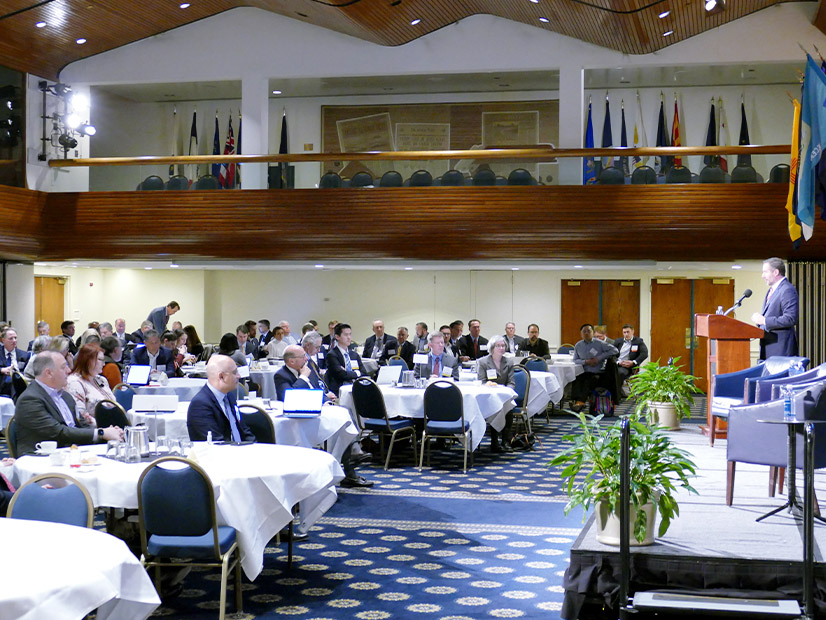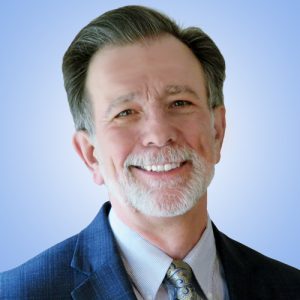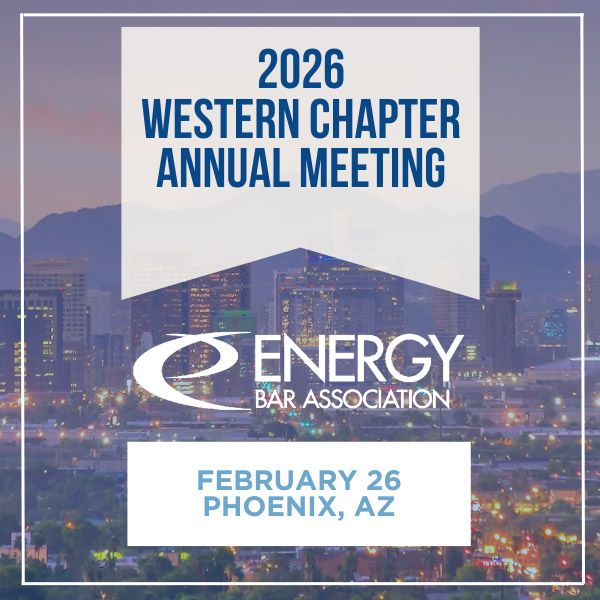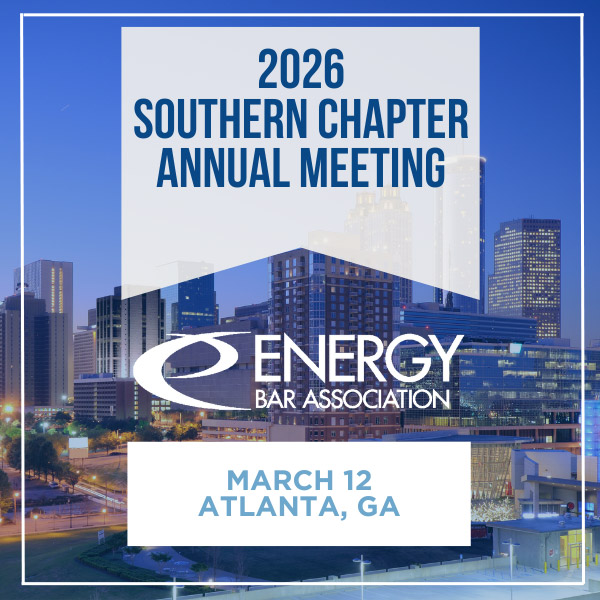Overheard at EPSA Competitive Power Summit 2022

More than 150 people attended the Electric Power Supply Association (EPSA) Competitive Power Summit at the National Press Club Tuesday, where competitive generators and others discussed market changes needed to ensure reliability while reducing carbon emissions. | © RTO Insider LLC
Apr 3, 2022
|
Competitive generators and others discussed market changes at the Electric Power Supply Association Competitive Power Summit at the National Press Club.


